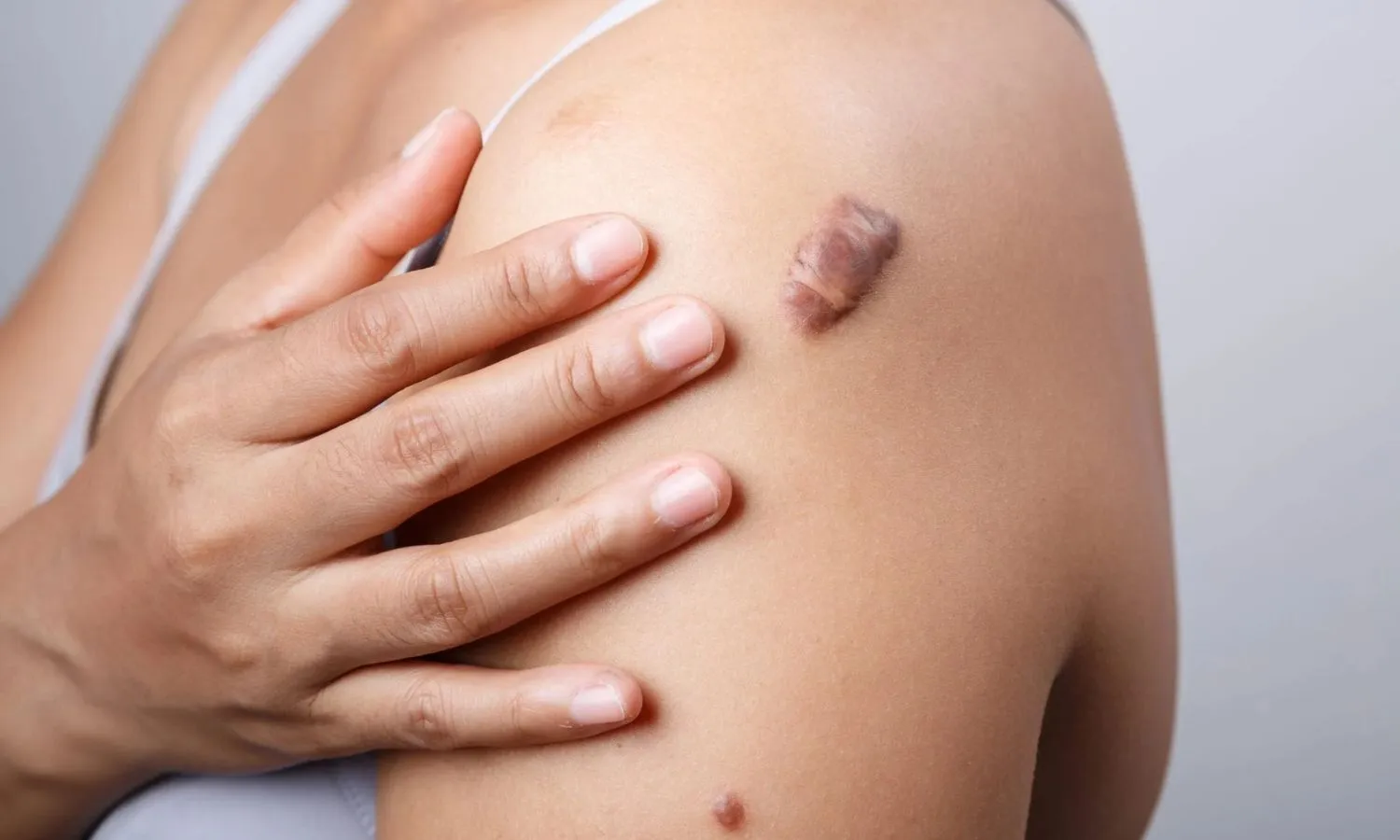Intralesional Therapies for Keloids: Evaluating Triamcinolone and Vitamin D3

Understanding Keloids
Keloids are overgrown scars that can be challenging to treat. Various therapies exist, yet the choice of intervention significantly impacts recovery. In this study, we focus on intralesional triamcinolone and its competitor, intralesional vitamin D3.
Study Findings
A double-blinded randomized controlled trial was conducted to assess the effectiveness and safety of these treatments.
- Triamcinolone shown to be effective in reducing keloid size.
- Vitamin D3, however, exhibited fewer adverse effects.
Final Thoughts
Choosing the right treatment can lead to better patient outcomes. A thorough understanding of vitamin D receptors is essential in this therapeutic context.
This article was prepared using information from open sources in accordance with the principles of Ethical Policy. The editorial team is not responsible for absolute accuracy, as it relies on data from the sources referenced.